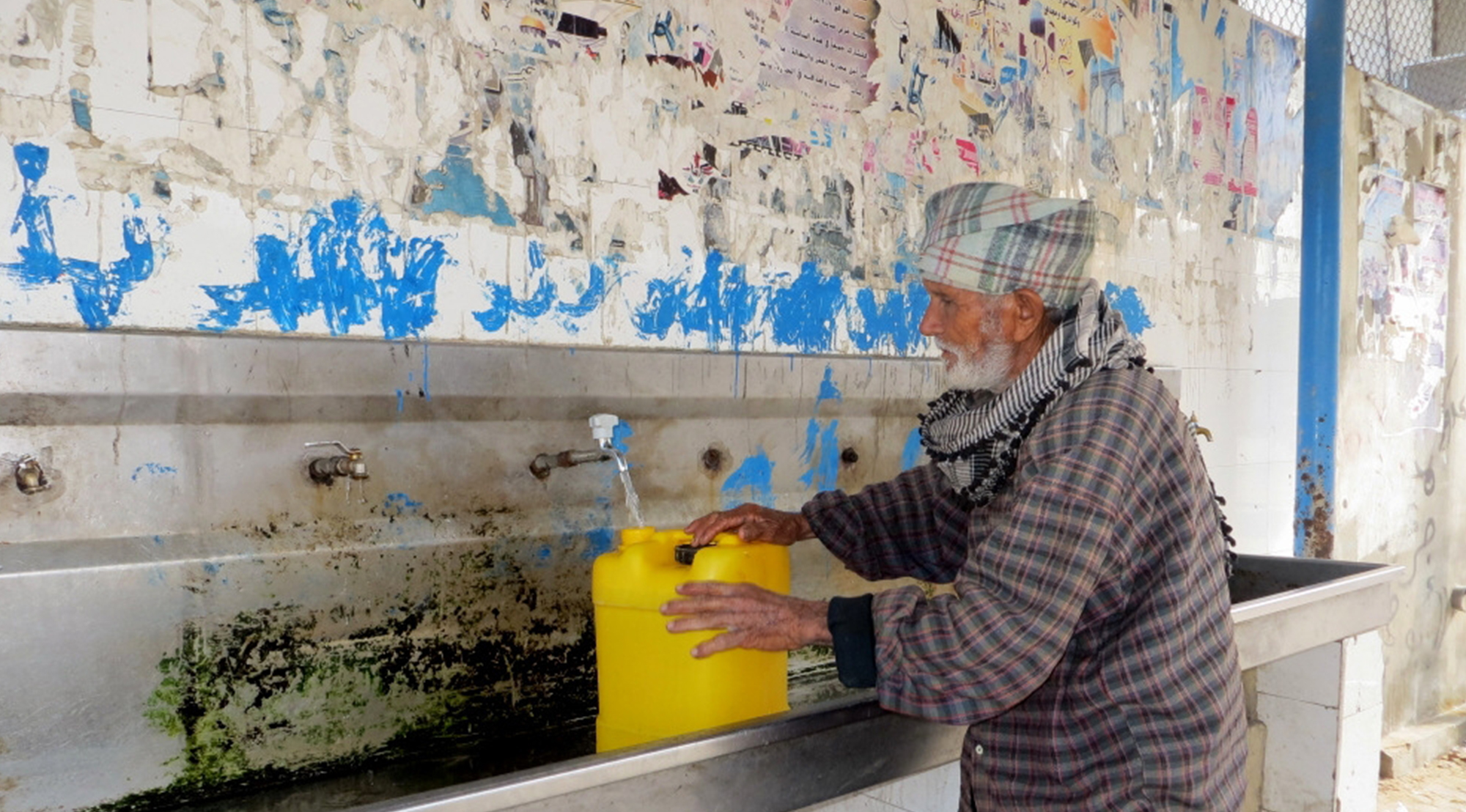Wars tend to have devastating effects on the environment. Vietnam’s vast hills bereft of their leaves after the deployment of millions of liters of Agent Orange may be the best example. In recent decades it is has become more and more evident that the opposite is true as well; environmental degradation plays an increasing role as cause and magnifier of violent conflicts. However, it was not long until people sought to address this by making positive use of the distinctive character of environmental problems.
Nature completely disregards man-made borders, – in other words, environmental problems not seldom affect multiple, and potentially hostile, communities. As a result, sufferers have the incentives to try to solve the problem together. The concept of environmental peacemaking was born. It expects groups divided by conflict to put aside their differences in the face of shared environmental challenges and to get together for dialogue and cooperation. As parties co-manage forests and river basins, the creation of joint institutions follows suit, and the environmental situation steadily improves. Along the way mistrust, suspicion and tensions ease, rendering the overall relationships between groups more peaceful. The positive effects do not end there. With growing interdependence and new channels for communication, an escalation of conflict seems much less likely. In sum, environmental peacemaking entails a phenomenal promise, – to kill two birds with one stone: environmental problems and conflict.
As good as it sounds in theory, the reality is sobering. The conditions for these peace-making mechanisms to unfold are plentiful. If those affected perceive the gains to be unfairly distributed, transboundary cooperation may in fact aggravate a conflict. Despite the high expectations, environmental cooperation is extremely unlikely to result in wider forms of cooperation, with political dialog confined to environmental aspects. Even though environmental institutions provide functioning communication channels, decision makers seem not to make use of them in the face of looming military confrontation. And if tensions grow between communities, instead of soothing them, cooperation may simply break down. Even worse, transboundary protection initiatives may be misused by states to shadow conflicts over minerals and territory and to justify military actions. To conclude, even if there are also success stories, these examples advise keeping expectations realistic.


